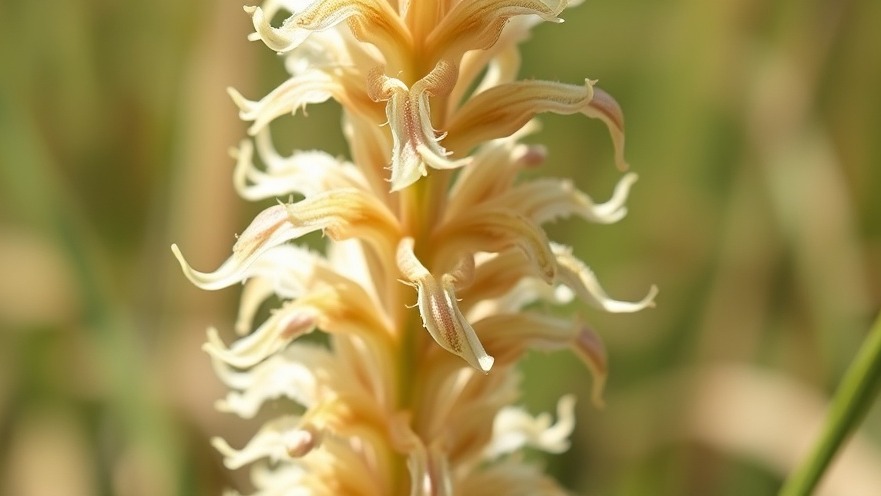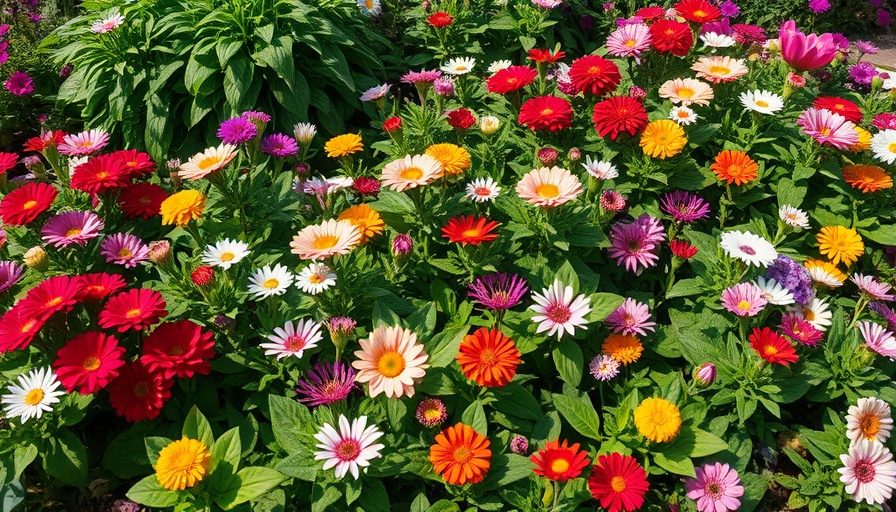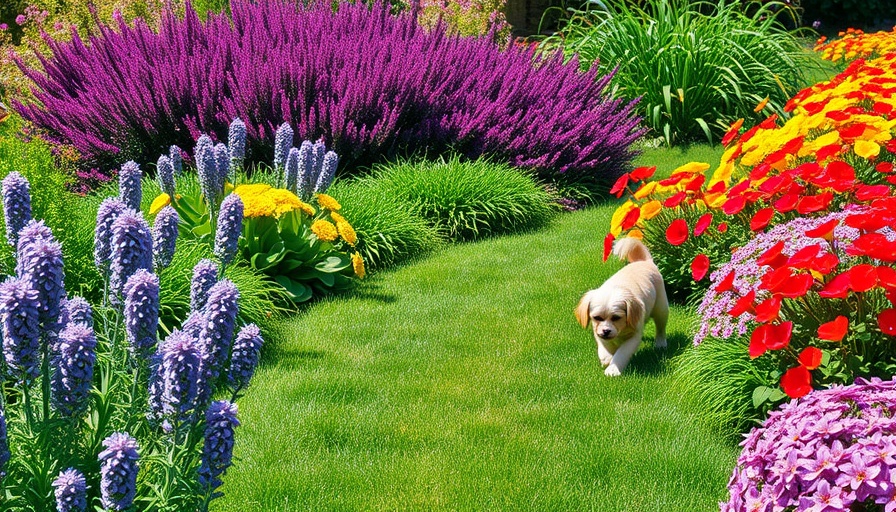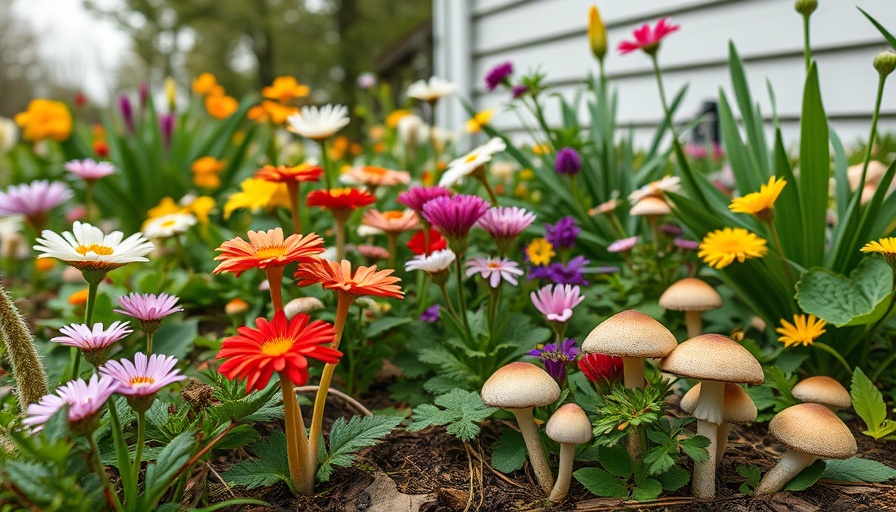
Preserving the Hidden Gems: Endangered Plants of the 1000 Islands Region of Ontario
The breathtaking landscape of the 1000 Islands region in Ontario is a rich mosaic of unique flora that enchants nature lovers and casual visitors alike. However, hidden within this picturesque environment are endangered plants that face significant threats due to habitat loss, invasive species, climate change, and human activity. Understanding these plants is essential not only for preserving biodiversity but also for supporting community well-being and cultural heritage.
Why Are These Plants Important?
Endangered plants play crucial roles in their ecosystems. They provide habitat and food sources for a variety of wildlife and help maintain the ecological balance necessary for a healthy environment. For instance, many bird species and pollinators depend on native plants for survival, making the conservation of these plants vital for sustaining local wildlife populations. Additionally, several of these plants hold cultural significance for Indigenous communities in the region, symbolizing a deep connection to the land and its history.
Species at Risk: A Closer Look
Among the endangered plant species in the 1000 Islands area are notable examples such as the Eastern Prairie Fringed Orchid (Platanthera leucophaea), known for its delicate beauty and ecological importance, and the Butternut tree (Juglans cinerea), valued both ecologically and culturally. These species face challenges including habitat fragmentation, invasive species encroachment, disease, and environmental changes. Protecting these plants requires coordinated efforts from government agencies, conservation groups, and local communities
Current Conservation Efforts
Conservation initiatives in the 1000 Islands region are actively addressing the needs of endangered plants. Organizations like Ontario Parks and local conservation authorities focus on habitat restoration, invasive species control, monitoring populations, and creating protected areas. Community involvement is also key—local residents participate in stewardship programs that promote native plant gardening and habitat preservation. These efforts not only help restore endangered plant populations but also strengthen community ties to nature
What Can You Do to Help?
Individuals can play an important role in supporting endangered plant conservation. Joining local native plant gardening groups or planting native species in your garden helps create resilient habitats that support local wildlife. Advocating for responsible land use planning that prioritizes green spaces can also make a significant difference in protecting natural areas. Simple actions like avoiding the spread of invasive species and supporting conservation organizations contribute to preserving these botanical treasures.
Education as Empowerment
Raising awareness about endangered plants fosters a stronger connection between people and their environment. Educational programs offered by schools, community centers, and environmental organizations provide valuable opportunities to learn about native flora and their importance. By sharing knowledge through workshops, guided nature walks, and online resources, communities can unite to protect their natural heritage.
Future Outlook: Challenges and Opportunities
The future of endangered plants in the 1000 Islands region depends largely on collective action to combat climate change, habitat loss, and other environmental pressures. Innovative solutions such as sustainable landscaping practices, water conservation measures, and enhanced biodiversity education will be critical to ensuring these species’ survival. The integration of technology with traditional conservation methods offers hope for maintaining healthy ecosystems that benefit both nature and people.
In conclusion, the endangered plants of the 1000 Islands region represent more than just remnants of a once-thriving landscape; they embody ongoing opportunities to reconnect with nature and restore vital ecosystems essential for our well-being. By learning about these plants, advocating for their protection, and engaging in conservation efforts, we can help build healthier communities and secure a sustainable future for generations to come.
 Add Row
Add Row  Add
Add 




 Add Row
Add Row  Add
Add 

Write A Comment